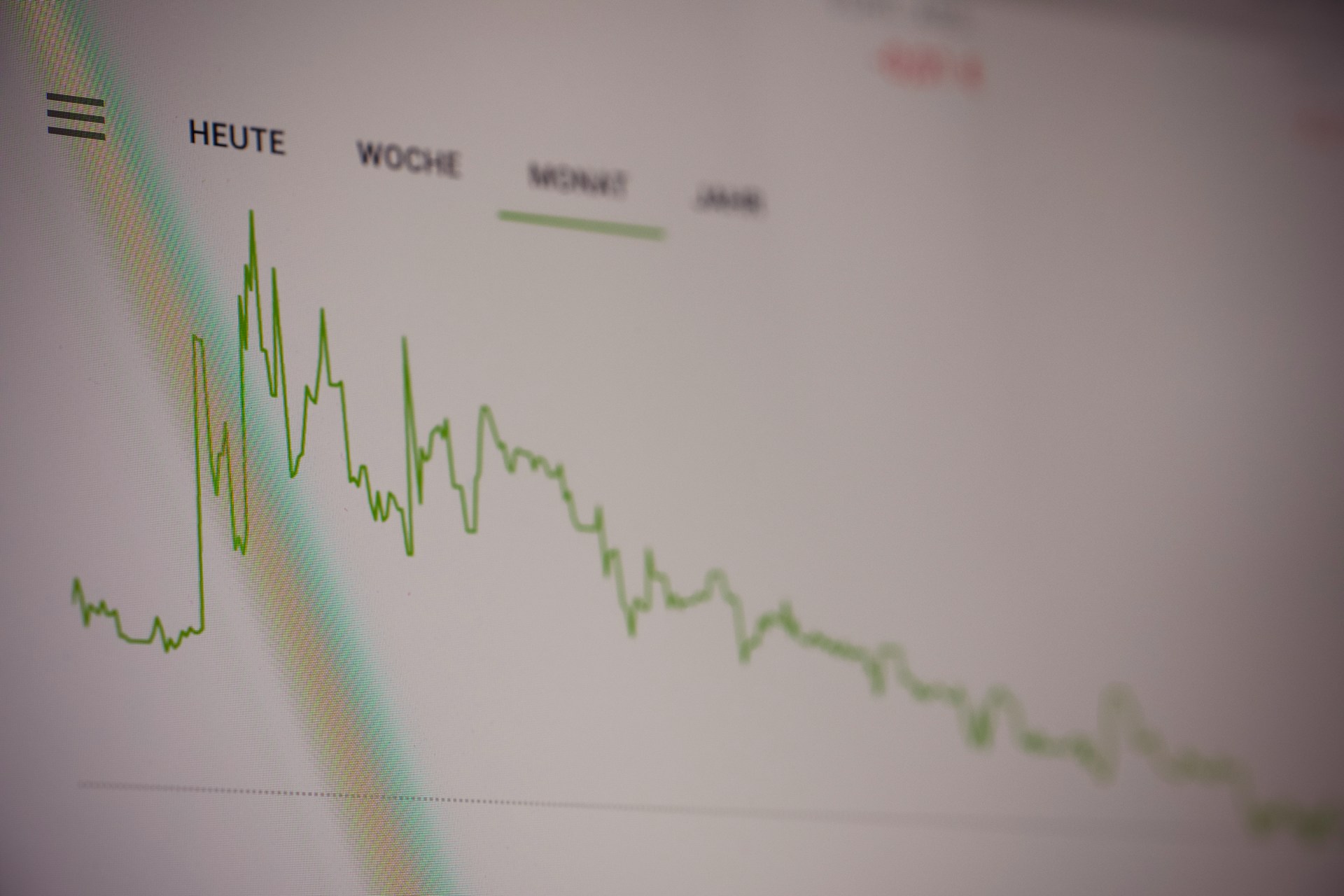Are investors past the worst of the recent stock market turmoil, or is the real crash yet to come? A surprising statistic may offer some clarity.
Over the past several weeks, concerns about tariffs, interest rate policies, tensions surrounding former President Donald Trump, and the ongoing war in Ukraine have driven U.S. stocks into a steep decline. In contrast, European equities have shown signs of strength. Despite this divergence, fears remain high among investors that the recent correction and the resulting market volatility—which included double-digit drops in some cases—are merely a precursor to a larger crash. Many worry that this could mark the beginning of a bear market.
Could Stocks Fall Even Further?
Unfortunately, it can’t be ruled out. The markets could still be headed for a deeper crash, potentially entering bear market territory, which is defined as a drop of at least 20%. This remains a possibility even though some stocks and indices have started to bounce back.
Geopolitical risks and ongoing uncertainty about a full-scale trade war continue to weigh heavily on investor sentiment. These factors could increase downward pressure on markets and elevate the risk of significant losses.
However, data from financial advisory firm Carson Group tells a more optimistic story. Since World War II, there have been 48 market corrections—defined as declines of 10% or more—but only 12 of those instances eventually led to bear markets. That means in roughly 75% of cases, markets recovered without entering a prolonged downturn. Even if a major crash is coming, there’s an important perspective investors should keep in mind.
Every Crash Feels Worst When You’re in It
Sharp declines in stock prices can be unsettling, especially when they hit widely followed indices or popular investment products like ETFs tracking the MSCI World. But for long-term investors, these drops often appear far less severe in hindsight. What looks like a devastating collapse today may be barely visible on a long-term chart years down the road.
A prime example is the bursting of the dot-com bubble in the early 2000s. At the time, it felt catastrophic. But viewed over the span of decades, it becomes a minor blip, as equity markets have historically moved in one overall direction: upward.
Instead of reacting with panic and selling off their holdings, investors might consider using the downturn as an entry point. Buying into stocks, ETFs, and other assets while prices are lower can offer significant opportunities. Market crashes don’t just bring risk—they also create chances for those with patience and a steady hand.



